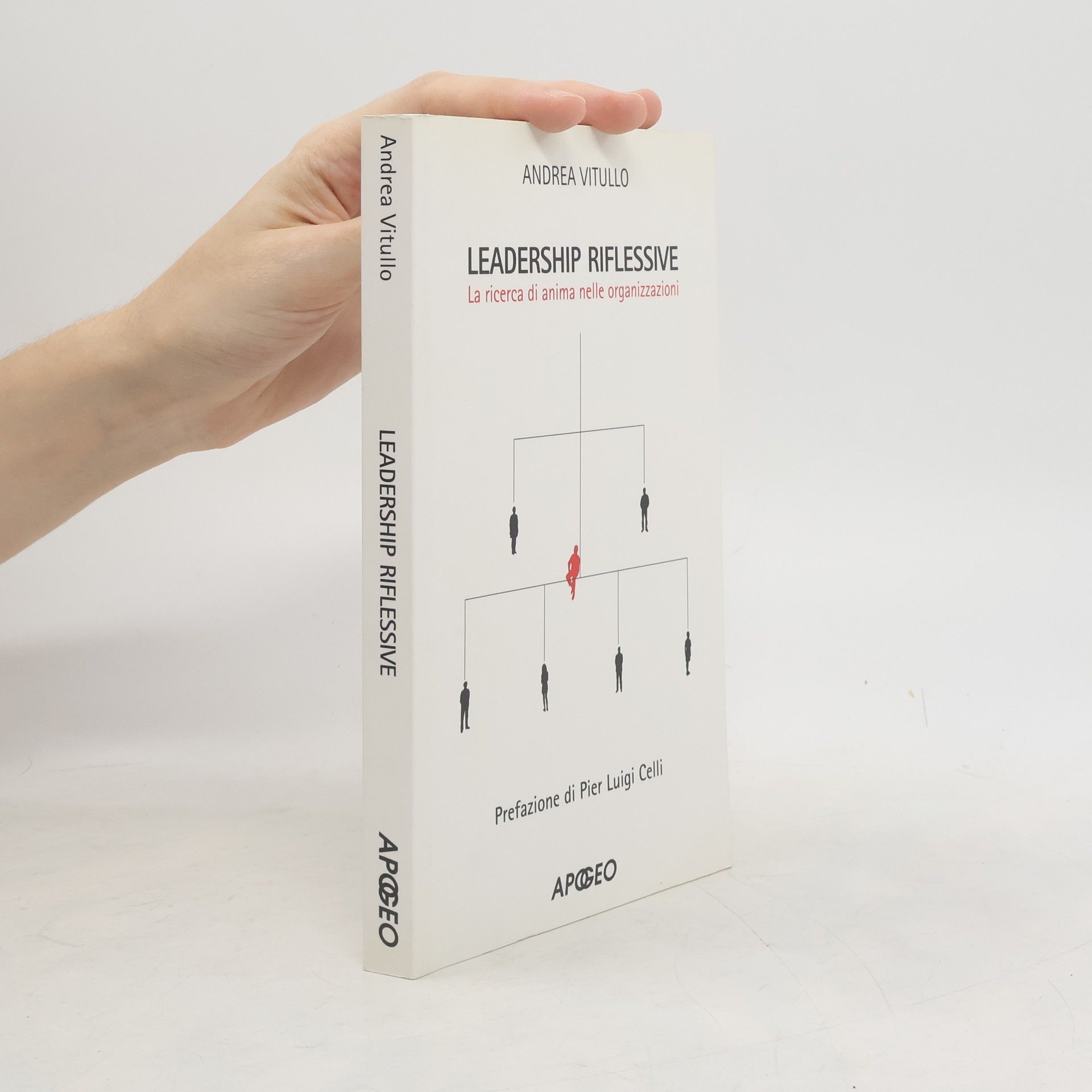Questo libro è dedicato a chi sul posto di lavoro subisce abusi di ogni tipo da parte di superiori e colleghi e a tutti coloro i quali hanno il potere e il dovere (oltre che l'interesse) di cambiare le cose. In questo volume, di grande leggibilità e al contempo condotto con estrema serietà nei contenuti e ricchezza di esempi, Robert I. Sutton affronta il problema del mobbing da un punto di vista originale: le conseguenze economiche che esso provoca alle aziende. Gli "stronzi" - un termine che non consente eufemismi, come sostiene l'autore - provocano danni enormi non solo alle loro vittime ma anche alla performance aziendale nel suo complesso, a tutti quelli che ne subiscono di riflesso gli effetti e, non ultimo a se stessi. Le conseguenze, in termini economici, emergono dagli studi effettuati negli Usa e in Europa sui costi derivati dell'aumento del Turnover (il 25% delle vittime del bullismo e il 20% di chi semplicemente vi assiste lasciano il posto di lavoro), dall'assenteismo, dal calo della dedizione al lavoro. Sutton non si limita però alla sola analisi della situazione ma fornisce, in termini chiari e inequivocabili, suggerimenti pratici sia ai dipendenti che ai manager per creare un luogo di lavoro vivibile e veramente produttivo. Ricco di umorismo e di un sano buon senso, il volume vuole essere rigoroso dal punto di vista tecnico/pratico/scientifico pur non essendo un freddo manuale di management.
Pier Luigi Celli Libri


Abbassare il livello della tensione e dell'aggressività nelle organizzazioni attraverso il dialogo, la riflessione, l'approccio filosofico, può contribuire in modo sostanziale ad accrescere la dimensione etica nelle pratiche del business di tutti i giorni. Etica intesa come possibilità di contribuire con energie vitali per auto-affermarsi positivamente come individuo, il che porta a prefigurare una nuova forma di leadership che parte dalla "pausa", dalla riflessione e solo in seguito si traduce in azione. Il libro argomenta le ragioni per cui una presenza della riflessione filosofica con oggetto "la persona" sia diventata non solo necessaria ma inevitabile nelle organizzazioni e nelle aziende che cercano di dare un "senso" al proprio fare.